Understanding Food Safety Guidelines
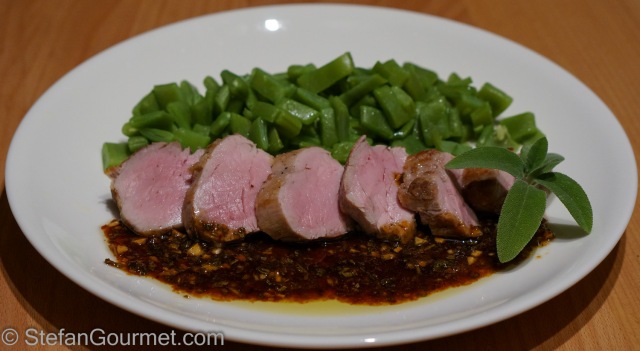
Understanding food safety guidelines is crucial in ensuring the safety and quality of cooked pork. These guidelines provide detailed instructions on proper food handling, storage, and temperature control. Following these guidelines helps prevent the growth of harmful bacteria and reduces the risk of foodborne illnesses. It is important to adhere to safe temperature zones for food storage, both before and after cooking. Additionally, understanding the factors that affect pork shelf life, such as the type of pork product and cooking methods, helps determine how long cooked pork can sit out safely. By following these guidelines, individuals can ensure the safety of their cooked pork and prevent any potential risks.
Importance Of Proper Food Handling
Proper food handling is of utmost importance in ensuring food safety and preventing the growth of harmful bacteria. By following correct food handling practices, such as washing hands before and after handling food, using separate cutting boards for raw and cooked meats, and avoiding cross-contamination, individuals can significantly reduce the risk of foodborne illnesses. Additionally, storing cooked pork at safe temperatures, refrigerating leftovers promptly, and reheating them properly are all essential steps in maintaining the quality and safety of cooked pork. Adhering to these guidelines helps protect individuals from potential health hazards and ensures enjoyable and safe consumption of cooked pork.
Safe Temperature Zones For Food Storage
The safe temperature zones for food storage are crucial in maintaining food safety and preventing the growth of harmful bacteria. It is important to store cooked pork and other perishable foods at the appropriate temperatures to inhibit bacterial growth. The recommended safe refrigeration temperature is below 40°F (4°C), while the freezer temperature should be set at 0°F (-18°C) or below. These temperatures help prolong the shelf life of cooked pork and ensure that it remains safe to consume. It is essential to use a refrigerator thermometer to monitor and maintain the proper storage temperatures.
Factors Affecting Pork Shelf Life

Several factors can affect the shelf life of cooked pork. These include the type of pork product, cooking methods, and storage conditions. Certain pork products, such as cured and smoked meats, have a longer shelf life compared to fresh cuts. The way pork is cooked and stored also plays a role. Proper storage temperatures, such as refrigeration at below 40°F (4°C) and freezing at 0°F (-18°C) or below, help preserve the quality and safety of cooked pork. Additionally, the packaging technique used can contribute to extending the shelf life of cooked pork.
Types Of Pork Products
Various types of pork products have different shelf lives. Fresh cuts of pork, such as chops, roasts, and tenderloin, have a shorter shelf life compared to cured and smoked meats like bacon, ham, and sausages. Fresh pork should be consumed within 3 to 4 days when refrigerated at 40°F (4°C) or below. On the other hand, cured and smoked pork products can last much longer, ranging from weeks to months, if properly stored. These products undergo preservation techniques that inhibit bacterial growth and extend their shelf life. It is important to follow storage guidelines specific to each type of pork product for optimal food safety.
Cooking Methods And Storage Conditions
Proper cooking methods and storage conditions play a crucial role in ensuring the safety and shelf life of cooked pork. It is recommended to cook pork at a minimum internal temperature of 145°F (63°C) to kill any harmful bacteria. After cooking, it is important to cool the pork quickly and refrigerate it within two hours. Store cooked pork in airtight containers or wrapped tightly in aluminum foil to prevent contamination. Additionally, avoid storing cooked pork near raw meats or other perishable foods to prevent cross-contamination. By following these cooking methods and storage conditions, you can help maintain the quality and safety of cooked pork for longer periods.
How Long Can Cooked Pork Sit Out
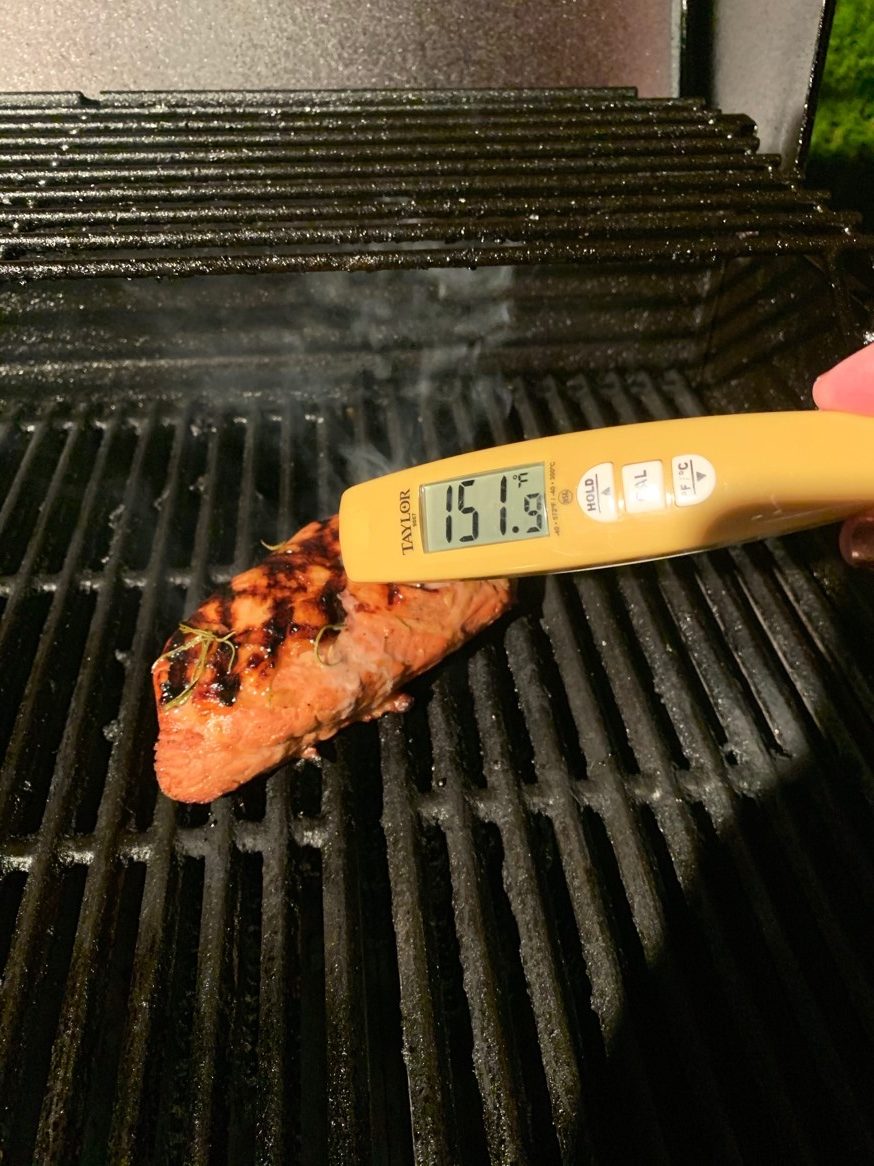
After cooking, it is important to be mindful of how long cooked pork sits out at room temperature. According to food safety guidelines, cooked pork should not be left out at room temperature for more than 2 hours. This timeframe ensures that the pork remains within the safe temperature zone and reduces the risk of bacterial growth. Beyond 2 hours, the cooked pork should be promptly refrigerated to maintain its freshness and reduce the risk of foodborne illnesses. It is crucial to follow these time limits to ensure the safety and quality of cooked pork.
Time Limits For Leaving Cooked Pork At Room Temperature
According to food safety guidelines, cooked pork should not be left out at room temperature for more than 2 hours. This timeframe is crucial for ensuring that the pork remains within the safe temperature zone and reduces the risk of bacterial growth. Leaving cooked pork out for longer than 2 hours increases the chances of foodborne illnesses. To maintain the freshness and quality of cooked pork, it should be promptly refrigerated beyond the 2-hour mark. Remember to follow these time limits to guarantee the safety of your cooked pork.
Risks Of Consuming Leftover Cooked Pork
Consuming leftover cooked pork that has been left out at room temperature for an extended period can pose several risks to your health. Bacteria such as Salmonella, E. coli, and Staphylococcus aureus can multiply rapidly at temperatures between 40°F (4°C) and 140°F (60°C), known as the “danger zone.” If the pork is contaminated with these bacteria, consuming it can lead to foodborne illnesses such as food poisoning, causing symptoms like nausea, vomiting, diarrhea, and stomach cramps. Therefore, it is crucial to adhere to the recommended time limits for leaving cooked pork at room temperature and properly store any leftovers to avoid potential health hazards.
Tips For Safely Storing Cooked Pork
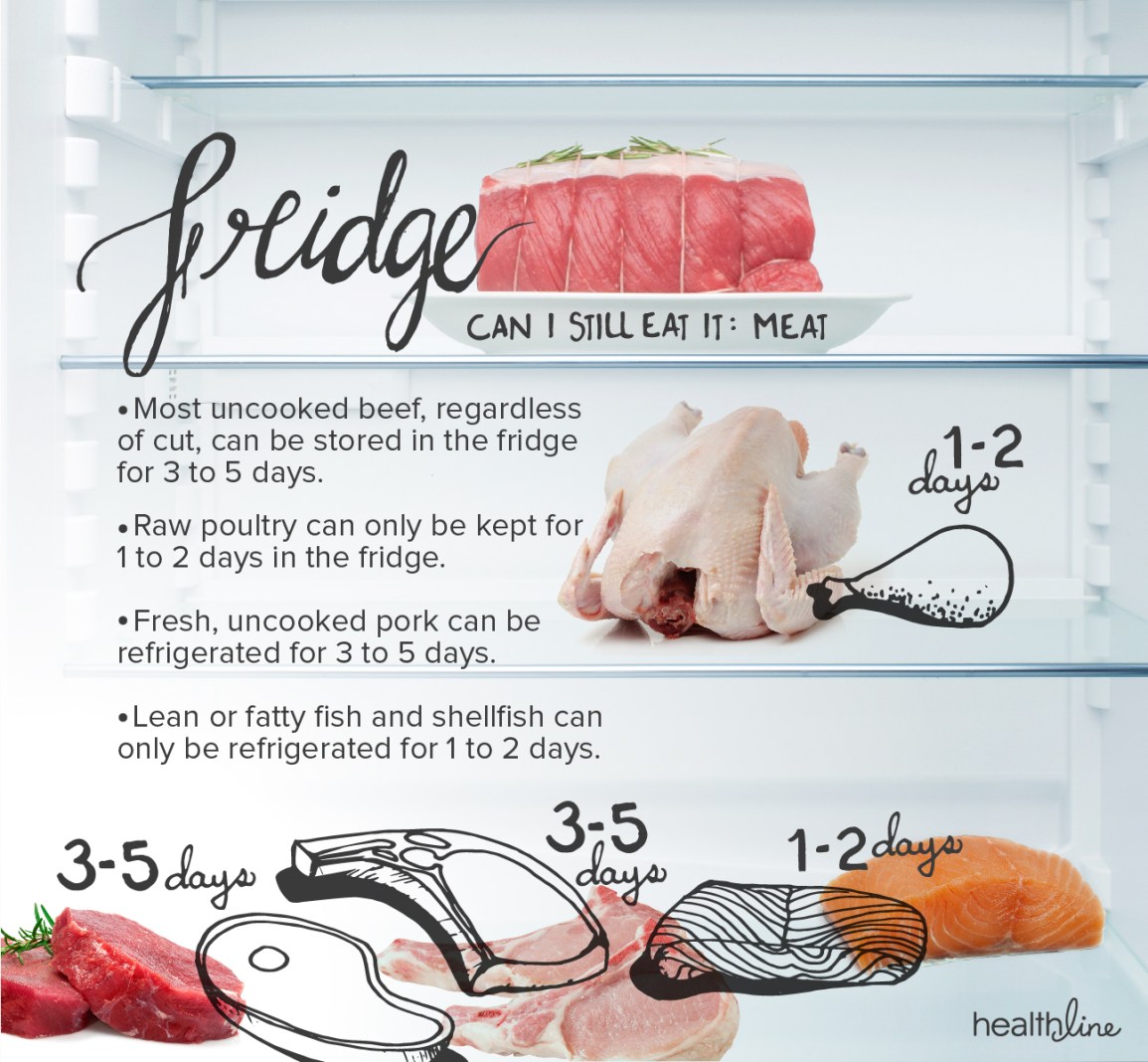
To ensure the safety and quality of leftover cooked pork, it is important to follow proper storage practices. Here are some tips for safely storing cooked pork:
- Refrigeration: Place the cooked pork in an airtight container or wrap it tightly in aluminum foil before placing it in the refrigerator. The pork should be stored at a temperature below 40°F (4°C) to inhibit bacterial growth.
- Freezing: If you don’t plan on consuming the cooked pork within a few days, consider freezing it. Divide the pork into portion-sized packages and store them in freezer-safe bags or containers. Make sure to label the packages with the date.
- Use within recommended timeframes: Cooked pork should be consumed within 3-4 days if stored in the refrigerator and within 2-3 months if stored in the freezer.
By following these tips, you can safely store cooked pork and enjoy it later without risking your health.
Refrigeration And Freezing Recommendations
After cooking pork, it is important to refrigerate it promptly to prevent bacterial growth. Place the cooked pork in an airtight container or wrap it tightly in aluminum foil before storing it in the refrigerator. Cooked pork can be safely refrigerated for 3-4 days. If you don’t plan on consuming it within that time, consider freezing it. Divide the pork into portion-sized packages and store them in freezer-safe bags or containers. Cooked pork can be safely stored in the freezer for 2-3 months. Label the packages with the date to ensure freshness and avoid confusion.
Proper Packaging Techniques
When it comes to storing cooked pork, proper packaging techniques are essential to maintain its freshness and prevent any contamination. It is important to use airtight containers or wrap the pork tightly in aluminum foil before refrigerating or freezing it. This helps to seal in moisture and prevent the spread of bacteria. Additionally, using freezer-safe bags or containers for freezing cooked pork ensures that it stays protected from freezer burn and maintains its quality. Labeling the packages with the date of storage will help you keep track of its freshness and avoid confusion.
Signs Of Spoiled Cooked Pork
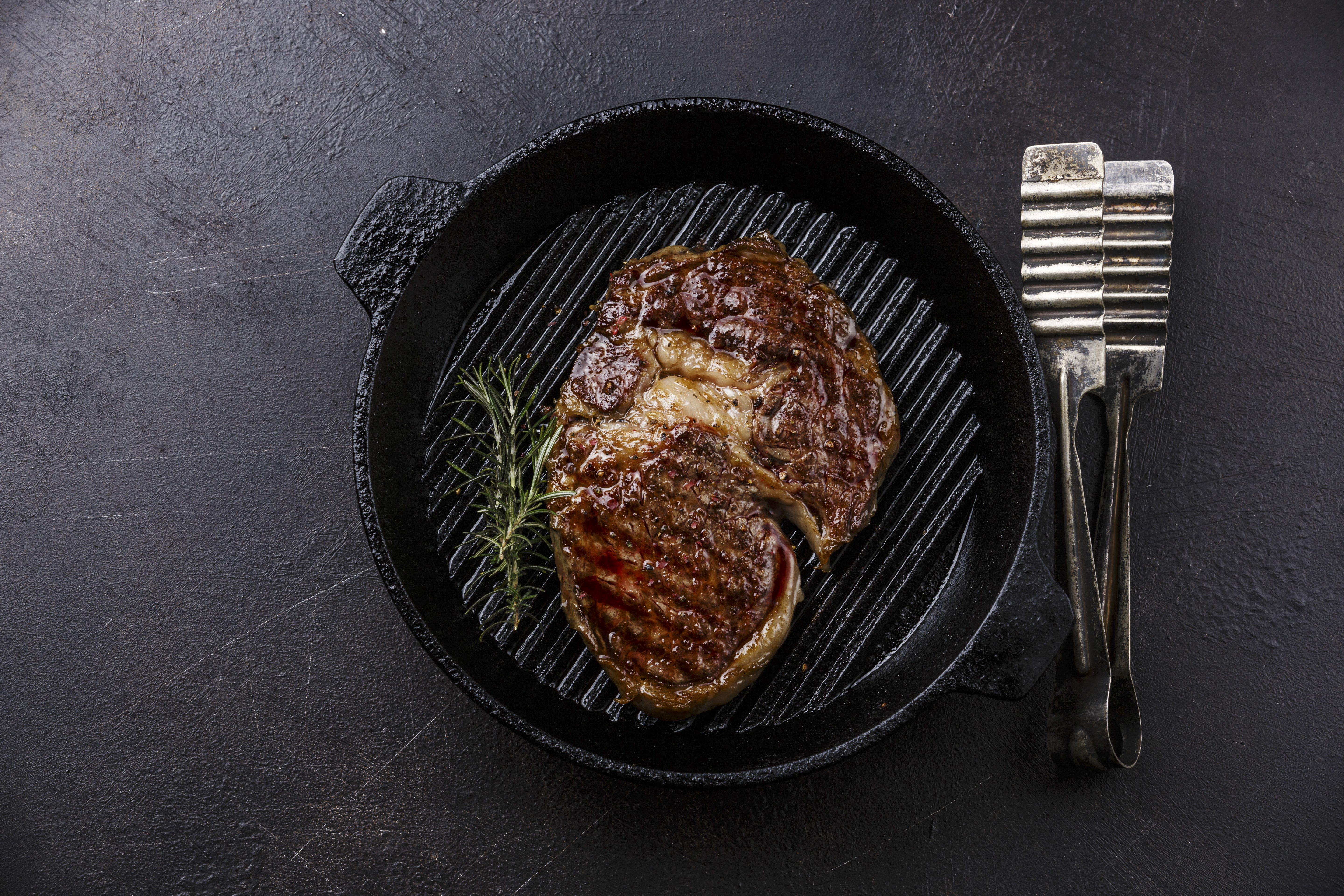
When cooked pork goes bad, it exhibits certain signs that indicate spoilage. One of the main indicators is a foul odor. If the cooked pork has a strong, unpleasant smell, it is best to discard it. In addition, spoiled pork may have a strange texture, appearing slimy or sticky. Any unusual color, such as a green or grayish tint, is also a sign of spoilage. It is crucial to be cautious and recognize these signs to ensure food safety and avoid consuming spoiled cooked pork.
Visual And Smell Indicators Of Spoilage
When cooked pork goes bad, it exhibits certain visual and smell indicators that indicate spoilage. One of the main indicators is a foul odor. If the cooked pork has a strong, unpleasant smell, it is best to discard it. In addition, spoiled pork may have a strange texture, appearing slimy or sticky. Any unusual color, such as a green or grayish tint, is also a sign of spoilage. It is crucial to be cautious and recognize these signs to ensure food safety and avoid consuming spoiled cooked pork.
Safety Precautions When Handling Suspicious Pork
When handling suspicious pork, it is crucial to take safety precautions to prevent foodborne illnesses. If you notice any signs of spoilage, such as an unpleasant odor, slimy texture, or unusual color, it is best to err on the side of caution and discard the pork. Avoid tasting or consuming any pork that looks or smells suspicious. Additionally, always wash your hands thoroughly with soap and water before and after handling pork to prevent the spread of bacteria. By following these safety precautions, you can ensure the health and well-being of yourself and others.
Conclusion
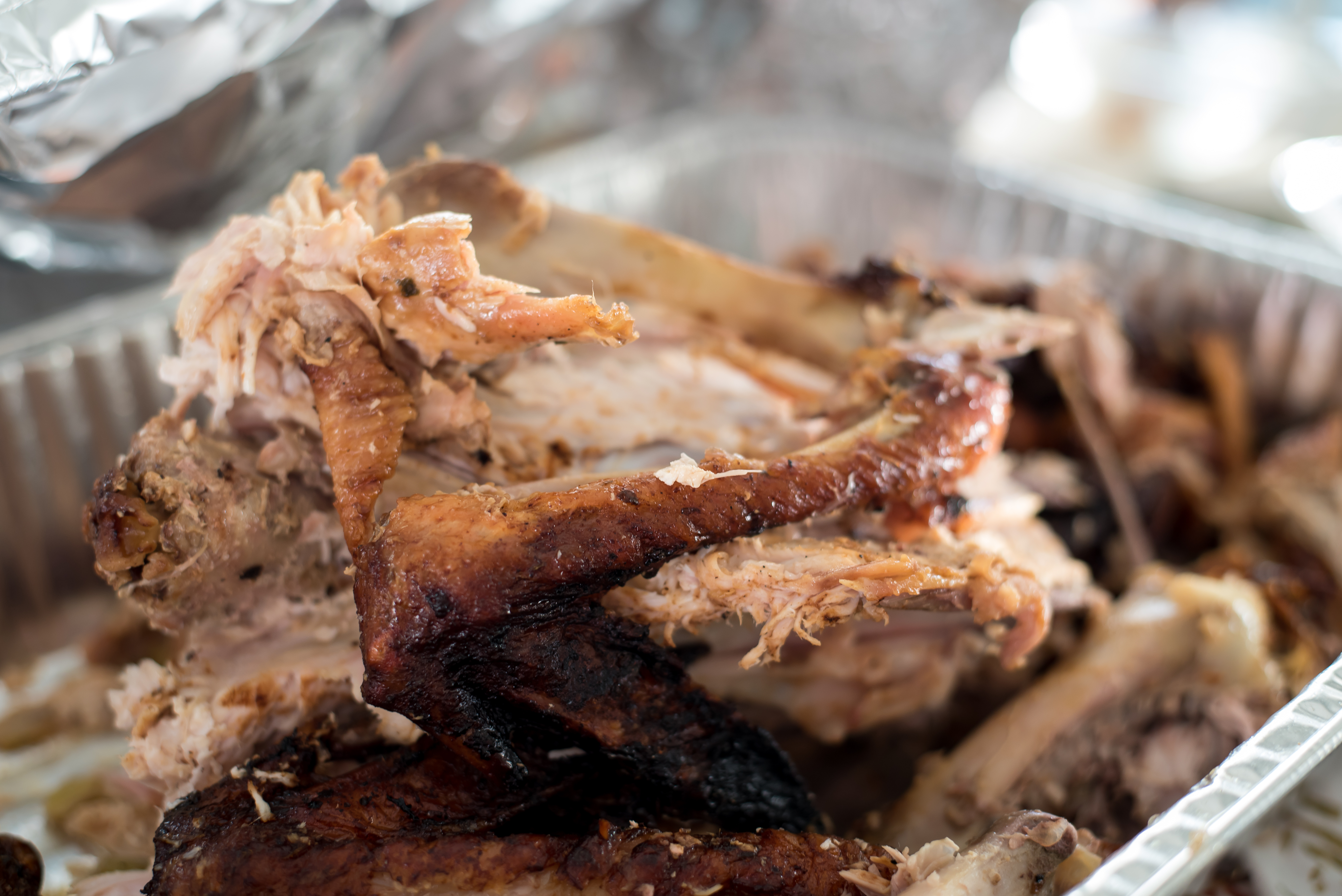
In conclusion, it is crucial to prioritize food safety when handling and storing cooked pork. Following proper food handling guidelines, such as cooking to safe temperatures, refrigerating promptly, and discarding any suspicious or spoiled pork, can help prevent foodborne illnesses. It is important to be vigilant in observing visual and olfactory indicators of spoilage and to practice good hygiene by washing hands thoroughly before and after handling pork. By implementing these safety precautions, individuals can ensure the health and well-being of themselves and others when consuming cooked pork.
Importance Of Proper Food Safety Practices
Proper food safety practices play a crucial role in ensuring the health and well-being of individuals. By following guidelines for safe food handling, such as cooking food to the recommended temperature and refrigerating leftovers promptly, the risk of foodborne illnesses can be significantly reduced. Implementing these practices not only helps to prevent the growth of harmful bacteria and toxins in food but also maintains the quality and freshness of cooked pork. By prioritizing food safety, individuals can protect themselves and their loved ones from the potential risks associated with consuming improperly handled or stored pork.
Summary Of Key Points And Recommendations
Proper food safety practices are essential for ensuring the health and well-being of individuals. It is important to handle cooked pork properly, following guidelines for safe food handling and storage. Food should be stored in the recommended temperature zones to prevent the growth of harmful bacteria. Cooked pork should not be left out at room temperature for more than 2 hours to avoid the risk of foodborne illnesses. Refrigeration and proper packaging techniques are crucial for safely storing cooked pork. It is also important to be aware of the signs of spoiled pork and take necessary precautions when handling suspicious meat. By prioritizing food safety, individuals can protect themselves and their loved ones from potential risks associated with consuming improperly handled or stored pork.
FAQ About How Long Can Cooked Pork Sit Out: Ensuring Food Safety
Q: How long can cooked pork sit out at room temperature?
A: Cooked pork should not sit out at room temperature for more than 2 hours. After this time, bacteria can start to grow rapidly, increasing the risk of foodborne illnesses.
Q: Can cooked pork be left out overnight?
A: It is not recommended to leave cooked pork out overnight. If left out for longer than 2 hours, it should be discarded to ensure food safety.
Q: How should cooked pork be stored to maintain its quality?
A: Cooked pork should be promptly refrigerated at or below 40°F (4°C) to prevent bacterial growth. It can be stored in the refrigerator for up to 3-4 days in an airtight container.
Q: Can reheating cooked pork make it safe to eat after being left out?
A: Reheating cooked pork can kill some bacteria, but it may not eliminate all pathogens that could have multiplied during the time it sat out. It is best to follow food safety guidelines and avoid consuming pork that has been left out for too long.
Q: What signs should one look for to determine if cooked pork is no longer safe to eat?
A: Signs that cooked pork may have gone bad include an unusual odor, slimy texture, or a change in color. If any of these signs are present, it is safest to discard the pork to avoid the risk of foodborne illness.
Q: Can cooked pork be refrozen after being left out?
A: It is not recommended to refreeze cooked pork that has been left out at room temperature. Once food has been thawed, it should be cooked and consumed promptly to ensure food safety.

Stutts House of Barbecue is a haven for BBQ enthusiasts, offering a delectable array of smoked delicacies, including ribs, beef, bologna, and chicken, accompanied by all the trimmings you could ever dream of. Our passion for perfecting the art of smoking meats shines through in every savoury bite. At Stutts House of Barbecue, we take pride in our custom smoking techniques, ensuring that each piece of meat is infused with the perfect blend of smoky flavours. But it doesn’t stop there – our homemade desserts are the cherry on top of a delicious meal, adding a sweet finish to your BBQ experience.